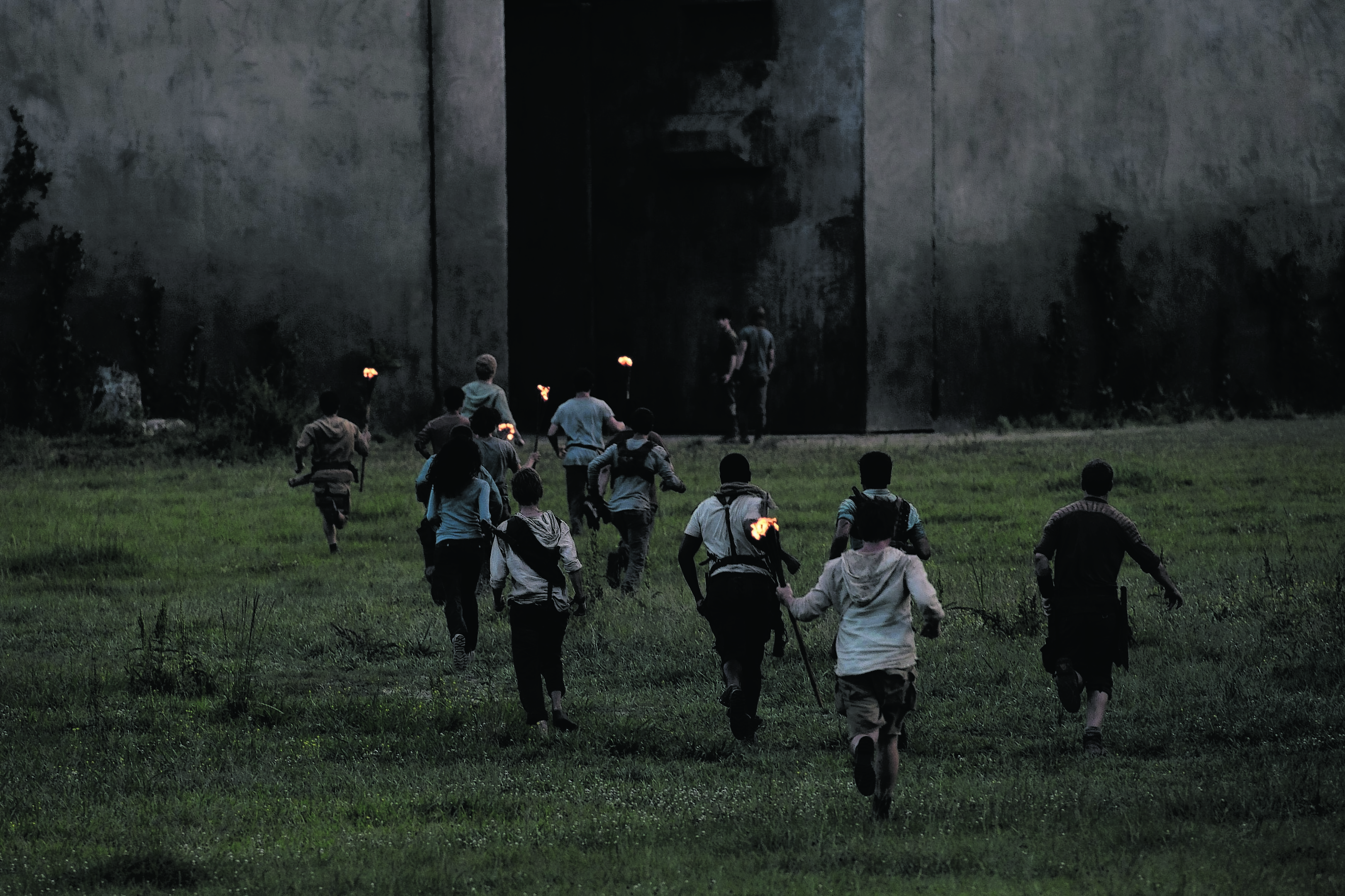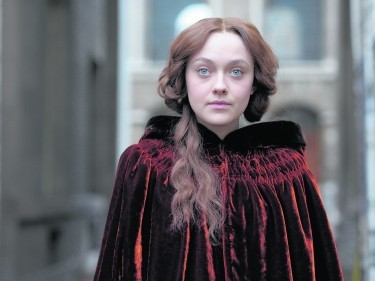We take a look at this week’s top cinema releases
THE MAZE RUNNER (12A)
Based on the bestselling novel by James Dashner, The Maze Runner is a testosterone-fuelled survival thriller cast from the same robust mould as The Hunger Games and Divergent.
Like those dystopian nightmares, Wes Ball’s film centres on naive characters, teetering on the cusp of adulthood,
who are forced to make stark choices between life and death to secure freedom.
Only here, adolescent males are trapped in the moral mire and forced to establish a microcosm of self-governing society a la Lord of the Flies, in which the strongest take charge and the meek keep their heads down.
While The Hunger Games and Divergent expended valuable time establishing character back stories and motivations, this opening salvo of The Maze Runner employs a nifty cheat: amnesia.
All the protagonists are stripped bare of memories, including their identity, emerging from the darkness of a lift shaft into an enclosed green space called The Glade as blank slates.
“I can’t remember anything,” whimpers newbie Thomas (Dylan O’Brien).
“You get your name back in a day or two. It’s the one thing they let us keep,” explains Alby (Aml Ameen), the de facto leader, who emerged into this strange prison three years ago.
Gargantuan walls enclose The Glade. Every morning, one wall parts to reveal a maze which “runners” like Minho (Ki Hong Lee) map while avoiding hideous denizens called Grievers in the vain hope of finding an exit.
The runners must return before dusk when the wall closes and the maze reconfigures.
Having plucked his name from the fog of his mind, Thomas forges friendships with Alby, second-in-command Newt (Thomas Brodie-Sangster) and runt of the litter Chuck (Blake Cooper), but falls foul of brutish rival Gally (Will Poulter).
Out of the blue, a girl called Teresa (Kaya Scodelario) emerges from the lift.
Woozily she claims to know Thomas and paranoia runs rampant.
For the opening hour, The Maze Runner is lean and taut, rattling along at breakneck speed to the beat of composer John Paesano’s propulsive score.
The threat of bloodshed hangs in the air, but it’s only when Thomas strays into the labyrinth that the film unveils a surprisingly nasty streak, dispatching the good-looking cast in a shockingly cold, clinical fashion.
Director Ball doesn’t succumb to squeamishness or sentimentality: death comes quickly and gruesomely, and the strongest, most noble and endearing characters are prime fodder for the rampaging Grievers.
The film earns its 12A certificate without flinching.
O’Brien and Ameen anchor the young ensemble with fine performances, with sterling support
from Lee, Brodie-Sangster and Poulter, the latter
fleshing out his punishment-fixated bully with aplomb.
Scodelario is noticeably shortchanged, but presumably she will play a pivotal role – from beyond the grave or in the flesh – in next year’s fleet-footed sequel, The Scorch Trials.
Burn, baby burn.
EFFIE GRAY (12A)
Oscar-winning actor and screenwriter Emma Thompson returns to the stifled emotions and rigorous social etiquettes of 19th-century English society for her script based on the real-life marital woes of Victorian art critic John Ruskin and his teenage bride, Euphemia Gray.
A love triangle comprising the unhappily married couple and charming artist John Everett Millais only really comes to the fore in the film’s overwrought final act.
Before then, Thompson builds our sympathy for the eponymous heroine as she weathers a barrage of callousness from her husband and his spiky parents.
Dialogue is well crafted – “If imperfection is your ideal, you must think me very beautiful,” simpers Effie – but for all its prosaic wonder, Richard Laxton’s film lacks the emotional sucker punch that seems to be coming from the dreamy opening frames.
Indeed, the closing scenes in which Effie ponders risking her reputation and social standing to follow her heart should have our tears flowing with a fury.
But the saltwater deluge never comes.
Ruskin (Greg Wise) falls under the spell of 19-year-old Effie Gray (Dakota Fanning) and they marry.
“What shall we do?” Effie politely asks her new husband, “What do married people do?”
“I have as little idea as you, dearest,” he replies.
A formal visit to Ruskin’s parents (David Suchet, Julie Walters) opens Effie’s eyes to the solitude and loneliness that she will have to bear for the rest of her married life.
Ruskin immerses himself in his work, while Mrs Ruskin, in particular, makes evident her disdain for her boy’s choice of bride by constantly undermining Effie and forcing her gravely ill daughter-in-law to attend a soiree with Sir Charles Eastlake (James Fox) and Lady Eastlake (Emma Thompson) when she should be tucked up in bed.
The Ruskins travel to Venice, where John once again abandons Effie to her own devices in the company of Rafael (Riccardo Scamarcio), who clearly has amorous designs on the worldly unwise wife.
Back on home soil, Ruskin spirits Effie up to Scotland with Everett Millais (Tom Sturridge), who has been commissioned to paint a portrait of the eminent critic.
Attraction between Millais and Effie threatens to spark a full-blown affair, but lowly wives do not divorce wealthy husbands and Effie must continue to suffer in silence.
Effie Gray has the right ingredients for a swoonsome, bosom-heaving period romance, but something doesn’t quite gel in Laxton’s picture.
Fanning is a touching heroine, mustering courage in her hour of need with encouragement from Thompson in an eye-catching supporting role as the catalyst for female empowerment.
Wise has little to do besides the occasional sneer.
Walters and Suchet make their mark in limited screen time, adding daubs of colour to the film’s palette.

